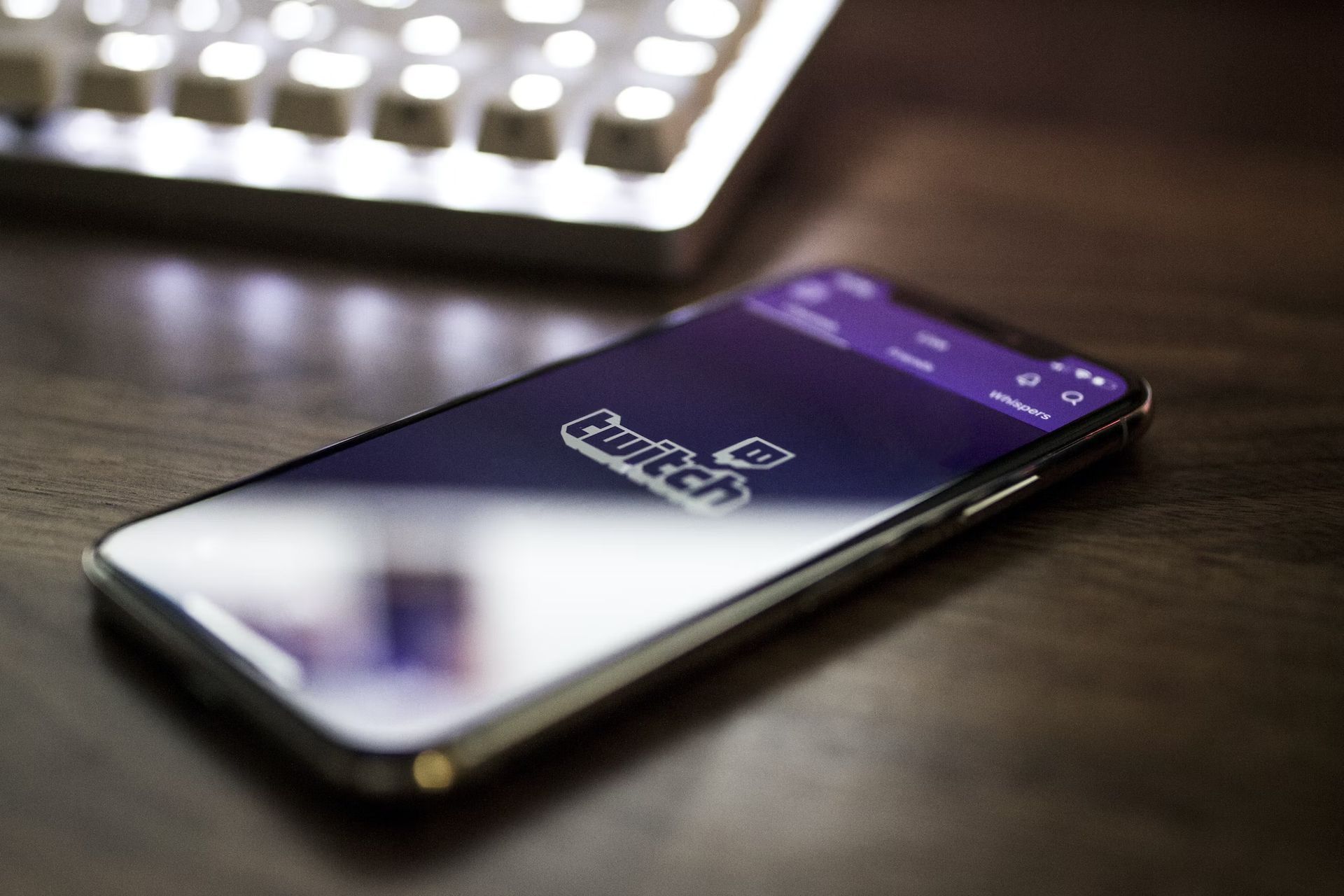The recent developments at Twitch have been marked by a significant Twitch layoff, as the platform owned by Amazon is set to reduce its workforce considerably. According to a Bloomberg report, Twitch is preparing to eliminate 35% of its workforce, translating to approximately 500 employees. This major reduction in staff is expected to be officially announced in the coming week.
What’s the story behind the latest Twitch layoff?
This Twitch layoff represents another challenging phase for the company, which has been grappling with multiple issues over the past year. These challenges include leadership transitions, escalating operational costs, and growing dissatisfaction within its community.
The company’s troubles were further compounded after Emmett Shear, a co-founder and the long-serving CEO of Twitch, passed on the leadership baton to the current CEO, Dan Clancy. Following this transition, Twitch underwent a significant reduction in staff, laying off around 400 employees.

Amazon’s decision to close down certain projects has also impacted Twitch. Last year, Amazon terminated 180 positions when it decided to shut down the Crown channel. This channel was an integral part of Amazon’s efforts on Twitch, focusing on programming specifically designed for the platform. Additionally, the closure of the Game Growth group, a division dedicated to assisting gaming creators in marketing themselves, was another blow to the Twitch community.
Continuing with the challenges faced by Twitch, the platform recently made a significant decision to cease operations in South Korea, a key player in the global esports market. This decision, as explained in a blog post by CEO Dan Clancy, was driven by the prohibitively high network fees in the region. Clancy highlighted that Twitch had been operating at a significant loss in South Korea, and that the company saw no viable path to sustain its services there profitably.

Despite its widespread popularity, which surged notably during the pandemic lockdowns, Twitch has struggled to achieve profitability. In an attempt to boost its financial performance, Twitch shifted its focus towards maximizing ad revenue. However, this strategy has been a source of friction between the platform and its users, including both viewers and streamers.
According to Bloomberg, these efforts have not yielded the desired financial results, and Twitch remains unprofitable almost ten years after being acquired by Amazon. This ongoing struggle was further evidenced by the departure of several Twitch executives in December, including the chief revenue officer.
Report: Google AI layoffs 2024 to hit 30,000 jobs
One of the core challenges for Twitch is the substantial operating costs associated with supporting live streaming content at such a large scale.

In a 2022 blog post, CEO Dan Clancy shed light on the financial burdens of the platform, stating that each high-volume streamer on Twitch costs the company about $1,000 per month. This high cost is attributed to the rates of Amazon Web Services’ interactive video services.
Delivering high definition, low latency, always available live video to nearly every corner of the world is expensive. Using the published rates from Amazon Web Services’ Interactive Video Service (IVS) — which is essentially Twitch video — live video costs for a 100 CCU streamer who streams 200 hours a month are more than $1000 per month. We don’t typically talk about this because, frankly, you shouldn’t have to think about it. We’d rather you focus on doing what you do best. But to fully answer the question of “why not 70/30,” ignoring the high cost of delivering the Twitch service would have meant giving you an incomplete answer.
-Dan Clancy
The Twitch layoff reflects broader economic challenges faced by digital platforms.
Featured image credit: ilgmyzin/Unsplash





